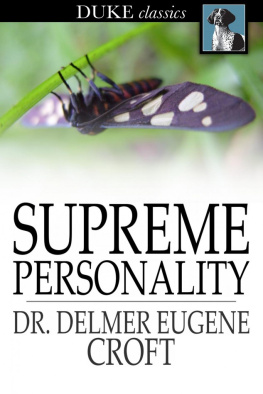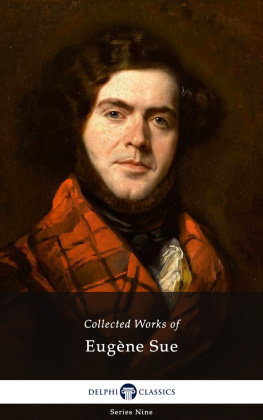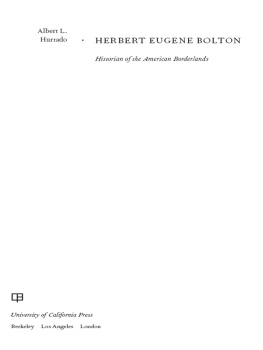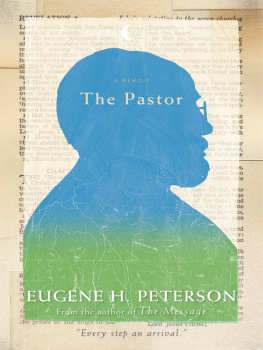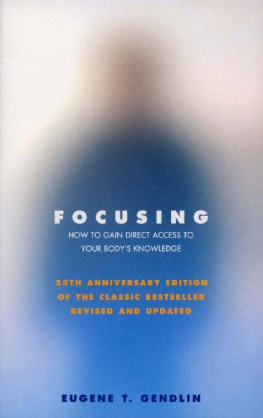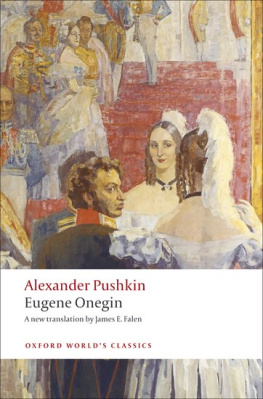From the Days of Augustus to the Present Time.
PREFACE TO THE SECOND EDITION
In this edition a chapter has been added, bringing down to date the record of the contest for equal suffrage. The summary on pages 175-235 is now largely obsolete; but it has been retained as instructive evidence of the rapid progress made during the last four years.
E.A.H.
CAMBRIDGE, MASS. August, 1914.
PREFACE
While making some researches in the evolution of women's rights, I was impressed by the fact that no one had ever, as far as I could discover, attempted to give a succinct account of the matter for English-speaking nations. Indeed, I do not believe that any writer in any country has essayed such a task except Laboulaye; and his Recherches sur la Condition Civile et Politique des Femmes, published in 1843, leaves much to be desired to one who is interested in the subject to-day.
I have, therefore, made an effort to fill a lack. This purpose has been strengthened as I have reflected on the great amount of confused information which is absorbed by those who have no time to make investigations for themselves. Accordingly, in order to present an accurate historical review, I have cited my authorities for all statements regarding which any question could be raised. This is particularly so in the chapters which deal with the condition of women under Roman Law, under the early Christian Church, and under Canon Law. In all these instances I have gone directly to primary sources, have investigated them myself, and have admitted no secondhand evidence. In connection with Women's rights in England and in the United States I have either consulted the statutes or studied the commentaries of jurists, like Messrs. Pollock and Maitland, whose authority cannot be doubted. To such I have given the exact references whenever they have been used. In preparing the chapter on the progress of women's lights in the United States I derived great assistance from the very exhaustive History of Woman Suffrage, edited by Miss Susan B. Anthony, Mrs. Ida H. Harper, and others to whose unselfish labours we are for ever indebted. From their volumes I have drawn freely; but I have not given each specific reference.
The tabulation of the laws of the several States which I have given naturally cannot be entirely adequate, because the laws are being changed constantly. It is often difficult to procure the latest revised statutes. However, these laws are recent enough to illustrate the evolution of women's rights.
Finally, this volume was written in no hope that all readers would agree with the author, who is zealous in his cause. His purpose will be gained if he induces the reader to reflect for himself on the problem in the light of its historical development.
E.A.H.
CAMBRIDGE, MASS., 1910.
CONTENTS
WOMEN'S RIGHTS UNDER ROMAN LAW, 27 B.C.-527 A.D.
Originally women were always under guardianshipBut under the Empire the entire equality of the sexes was recognisedWomen in marriageTheir power over their propertyDivorceWomen engaged in all business pursuitsInstances of women suing and pleading in lawPartiality of the law towards womenRights of inheritanceRights to higher education fully allowedProvision made for poor children to be educatedThe VestalsFemale slavesRemarkable growth of humanitarianism towards slaves under the EmpireSources
WOMEN AND THE EARLY CHRISTIAN CHURCH
Christ laid down ethical principles but not minute regulationsThe Apostles affected by Jewish and Oriental or Greek conceptions of womenExamples of theseSt. Paul and St. Peter on the position of womenThe Church Fathers elaborated these teachingsExamples of their contempt for womenMingled with admiration for particular types of womenTheir views of marriageTheir strictures on unbecoming dressSummary of their views and how the status of women was affected by themSources
RIGHTS OF WOMEN AS MODIFIED BY THE CHRISTIAN EMPERORS
Old Roman Law not abrogated suddenlyDivorceAdulterySecond marriagesEngagementsDonations between husband and wifeSundry enactments on marriageInheritanceGuardianshipBills of Attainder of Christian Emperors merciless, in contrast to acts of pagan predecessorsSources
WOMEN AMONG THE GERMANIC PEOPLES
A second world force to modify the status of womenAccounts of Caesar and Tacitus on position of women among Germanic peoplesThe written laws of the barbariansGuardianshipMarriagePower of the husbandDivorceAdulteryThe Church indulgent to kingsRemarriageProperty rightsPeculiarities of the criminal lawMinutely-graded finesCompurgation and ordealsInnocence tested by the woman walking over red-hot ploughsharesWomen in slaveryComparison of position of women under Roman and under Germanic lawsInfluence of theologySources
DIGRESSION ON THE LATER HISTORY OF ROMAN LAW
Explanation of the various social and political forces which affected the position of women in the Middle Ages
THE CANON LAW AND THE ATTITUDE OF THE ROMAN CATHOLIC CHURCH
Canon law reaffirms the subjection of womenWomen and marriageProtection to womenDivorceCardinal Gibbons on protection of injured wives by PopesCatholic Church has no divorceBut it allows fourteen reasons for declaring marriage null and void and leaving a husband or wife free to remarrySome of these explainedDiriment impediments and dispensationsHistorical instances of the Roman Church's inconsistencyAttitude towards women at present dayOpinions of Cardinals Gibbon and Moran, and Rev. David Barry and Rev. William HumphreySources
WOMEN'S RIGHTS IN ENGLAND
Single women have always had private rightsBut males preferred in inheritanceExamplesPower of parentsHusband and wifeWife completely controlled by husbandHe could beat her and own all her propertyRecent abrogation of the husband's powerDivorceJeremy Taylor and others on duty of women to bear husband's sins with meeknessInjustice of the present law of divorceRape and the age of legal consentProgress of the rights to an educationWomen in the professionsWoman suffrageSources
WOMEN'S RIGHTS IN THE UNITED STATES
Examples of the early opposition to women's rightsAge of consentSingle womenHistory of agitation for women's rightsConvention of 1848Progress after the Civil WarBeginnings of higher educationFirst women in medicineAnd in law, the ministry, journalism, and industryStatus of women in all the States in 1910Sources
GENERAL CONSIDERATIONS
The five arguments commonly used against equal suffrageThe theologicalThe physiologicalThe social or politicalThe intellectualThe moralLecky on the nature of womenThe old and the new conceptionThomas on the power of customTabooAll evolution accompanied by some extravaganceMacaulay on libertyThe double standard of moralityCo-operationThe proper sphere for a human beingDiscrepancies of wagesLegal evolution in the interpretation of labour lawsThe alarmist view of divorce
FURTHER CONSIDERATIONS
The rapid spread of suffrage throughout the worldTable of suffrage gains from early times to present dateIn national politics in the United StatesAttack on the suffrage parade and colloquy between Mr. Hobson and Mr. Mann on the subjectSuffrage amendment defeated in the SenateMr. Heflin's remarks in the HouseMr. Falconer repliesPresident Wilson refuses to take a standAmendment lostMr. Bryan on suffrageExamples of legislation to protect women passed recentlyThe tendency is to complete equality of the sexesSuffrage in EnglandA delayed reform in divorceWomen's rights on the ContinentEspecially in GermanySchopenhauer's views of womenFurther remarks on the philosophy of suffrage"Woman's sphere"Ultimate results of women entering all businesses and professionsFeminismThe home is not necessarily every woman's sphere and neither is motherhood nor is it her congenital duty to make herself attractive to menUnreasonableness of gratuitous advice to women and none to menWhat we don't knowFallacy of the argument that the fall of the Roman Empire was due to the liberty given to womanOfficial organs of various suffrage societies





